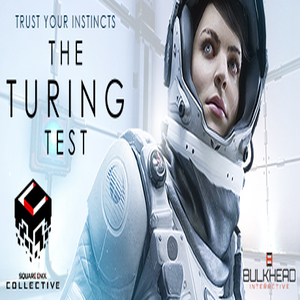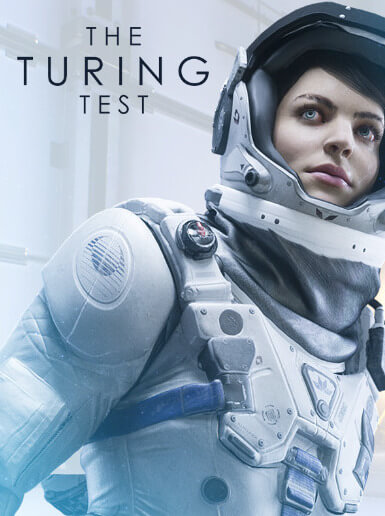



In the years since Turing proposed his criteria to demonstrate machine “thinking,” his arguments have inspired several critiques, perhaps none more famous than John Searle’s Chinese Room thought experiment, which is materially rendered in the game. Turing hypothesized that it should be possible “in about fifty years” for a computer to “play the imitation game so well that an average interrogator will not have more than a 70 percent chance of making the right identification after five minutes of questioning.” The challenge for the guests is to identify which of the two people in the two closed rooms is a woman when all they have to go on are typewritten responses to their questions slipped under a door. As an example, he imagined a computer playing a version of the imitation game - a parlor game in which a man and a woman retreat into two separate rooms and the man is charged with impersonating the woman. In his article, “Computing Machinery and Intelligence,” published in the October 1950 issue of “Mind,” Turing suggested that it should be possible to one day program a computer to act in a way that was indistinguishable from an actual person. That moment and the challenges that followed made up for a few hours of ho-hum puzzle solving.Turing Tests owe their real-world status to the ideas raised by Alan Turing, the famed twentieth-century mathematician who was a pioneer of computer science. I won’t spoil it, but it the way it subverts expectations and marries the story and mechanics that had at that point become all too familiar is genuinely original and incredibly interesting.

Instead of trigger those “aha!” moments that make a truly great puzzle game, it felt more like I was just going through the motions.But while the first two-thirds of The Turing Test definitely fell into the been-there-done-that realm, there’s a super smart twist in the later on that flips the whole thing on its head. This led to some pacing problems that had me sighing my way through a handful of puzzles. I far too often found myself figuring out a solution quickly, only to have to go through the chore-like series of moves to actually navigate myself through it. As they stand, challenges throughout most of The Turing Test are generally simplistic to mentally solve, but oftentimes devolve into mostly physically demanding tasks.


 0 kommentar(er)
0 kommentar(er)
